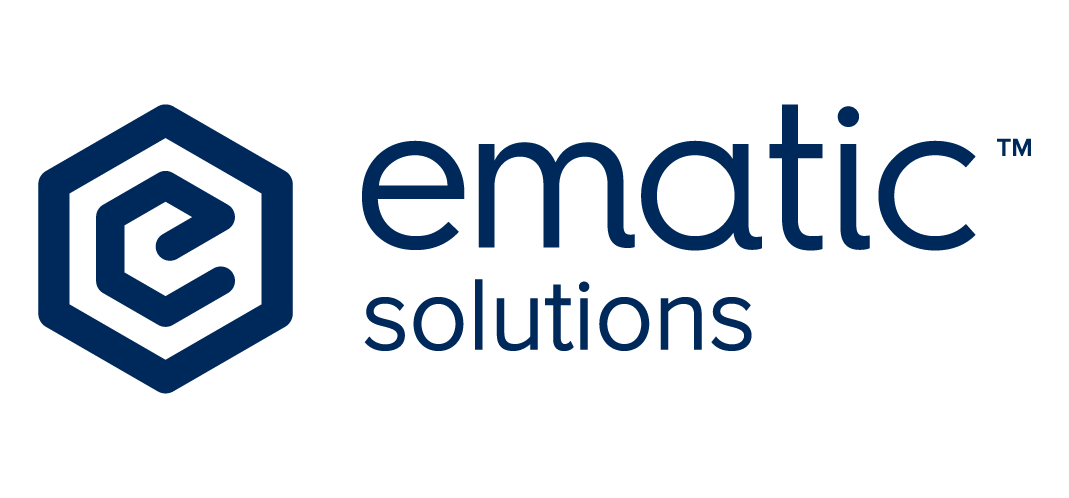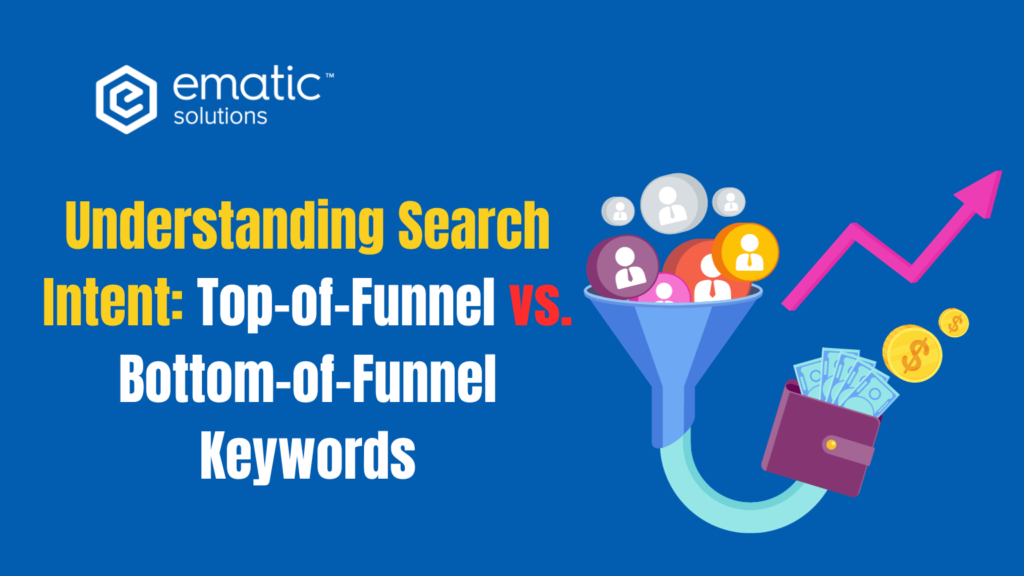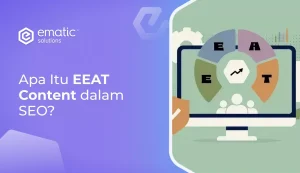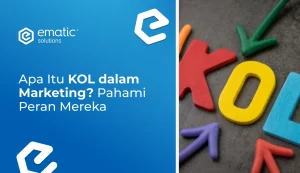In the vast digital landscape of the internet, where information is abundant and competition is fierce, understanding the nuances of search intent is crucial for the success of any online business. Search Engine Optimization (SEO) has evolved significantly over the years, and one of the key aspects that website owners and marketers must grasp is the differentiation between top of funnel (TOFU) and bottom of funnel (BOFU) keywords.
These two categories of keywords play distinct roles in guiding users through their online journey and converting them into customers. In this article, we will delve into the concept of search intent and explore how TOFU and BOFU keywords can be harnessed effectively in your SEO strategy.
The Power of Search Intent
Search intent is the fundamental motivation behind a user’s online search query. It goes beyond the keywords typed into a search engine and delves into the user’s underlying needs, questions, and goals. Recognizing and catering to search intent is essential for SEO because it ensures that the content you provide matches what the user is looking for. Google’s algorithm has become increasingly sophisticated in deciphering search intent, which has led to the rise of semantic search and the importance of content quality and relevance.
Understanding search intent can be broadly categorized into four main types:
1. Informational Intent
Informational keywords indicate that users seek knowledge. They often start with question words like “what,” “why,” or “how.” Google’s results for these queries often include featured snippets.
Examples include:
- What is whey protein
- Qipao vs Cheongsam
- What is the difference between probiotic vs prebiotics
These keywords are typically at the top of the marketing funnel, meaning users are early in their buying journey and less likely to make immediate purchases. While conversion rates may be lower, creating informational content can boost brand awareness and establish authority in your niche.
2. Navigational Intent
Navigational keywords are used to locate specific websites or pages. When someone enters a brand or website name in a search engine, it’s considered a navigational search.
Examples include:
- Ematic Solutions
- Zalora
Users using navigational keywords already know the brand or product and want to access its website or physical location. These keywords can generate organic traffic if the brand is well-known, and you should naturally rank well for them when they include your brand name.
3. Transactional Intent
Transactional keywords signal a strong intent to purchase or take immediate action. They are ideal for paid ads and optimized product or landing pages.
Examples include:
- buy tennis bracelet online
- iphone 11 for sale
- vegan protein powder in malaysia
These searches often follow information-seeking and decision-making phases, and they typically contain words like “buy,” “subscribe,” or “for sale.”
Transactional keywords yield Google Shopping Ads in search results. These keywords, sometimes called buyer keywords or money keywords, target individuals at the bottom of the buying funnel, making them invaluable in SEO and PPC strategies.
4. Commercial Intent
Commercial keywords are utilized for researching particular brands, products, or services, often to check reviews, make comparisons, or find discounts. You can target these keywords with various content types such as comparison articles, listicles, reviews, or how-to guides, depending on the specific keyword.
Examples include:
- coffee shop in Kuala Lumpur
- iPhone 11 vs iPhone 12
- whey protein vs vegan protein
These keywords indicate an intention to engage in future commercial activity or purchase, making them valuable for reaching high-quality prospects.
Top of Funnel (TOFU) Keywords
The top of the funnel (ToFu) is where you introduce people to your business, service, or product and highlight how it can solve their problems. It’s also referred to as the awareness, attention, discovery, or engagement stage.
These keywords are typically associated with informational intent. Users at this stage are seeking answers to their questions or trying to educate themselves about a topic. TOFU keywords often include phrases like “how to,” “what is,” “tips for,” and “benefits of.”
How to Leverage TOFU Keywords in SEO:
When visitors come to your site, they’re in the initial awareness phase, seeking answers to their unspoken questions. This is your chance to engage them, either through entertaining or educating them about your product.
In this phase, briefly showcase your product’s strengths and offer solutions to their concerns, building trust as they find your product valuable.
For TOFU content, focus on educating and providing value. For instance, a health and fitness site could create articles like “How to Begin a Healthy Diet” or “Advantages of Regular Exercise.”
When researching TOFU keywords, use Long-Tail Keywords. These are longer, more specific phrases with lower search volume but high targeting potential. They reveal specific user intent. For instance, instead of “fitness tips,” aim for “nutrition tips for post-pregnancy weight loss.”
Also, consider analyzing your competitors’ content and keywords to gain insights relevant to your industry.
Bottom of Funnel (BOFU) Keywords
BOFU keywords, on the other hand, are associated with transactional or commercial investigation intent. The bottom of the conversion funnel is where potential customers are ready to decide on a purchase. The main aim here is to convert them into actual customers.
However, challenges like pricing, alternatives, and concerns about efficacy or support can arise. To overcome these challenges, providing the right information and resources at the right time is crucial in the BOFU stage. Users with BOFU intent are closer to making a decision, and their searches reflect this, with keywords like “buy,” “pricing,” “reviews,” and “best product.”
How to Leverage BOFU Keywords in SEO:
The final step in the conversion funnel is the last chance to demonstrate value to the reader and confirm that they are making the right decision. By this point, you’ve filtered out uninterested or unprepared leads and addressed their objections. Now, it’s time to focus on closing the deal using transactional keywords.
For your Product and Landing pages, optimize them with BOFU keywords directly related to your offerings. This includes keyword-rich meta descriptions, clear product titles, and well-structured content. Incorporate BOFU keywords with commercial intent or transactional intent keywords, such as “Buy Organic Chia Seeds Online” or “Gift Box Bundle Sale,” into your content and meta tags.
Also, embed user reviews and ratings on these pages to build confidence in potential buyers, showcasing your commitment to satisfaction.
And, don’t forget to have a clear and compelling Call to Action (CTA). Strategically place CTAs throughout your website, especially on product, collection, and checkout pages, as well as in relevant content. Use action-oriented CTA button text like “Buy Granola Now,” “Get Your Protein Started,” or “Request a Air Freight Data Quote.”
For businesses with physical locations or specific service areas, focus on Local SEO. Claim and optimize your Google My Business listing, ensuring accurate location, hours, and contact info. Encourage customers to leave online reviews on platforms like Google Maps, Yelp, or TripAdvisor, as positive reviews can influence purchase decisions.
At this stage, your content should emphasize closing the sale, possibly by highlighting additional benefits, limited-time offers, or enticing incentives.
What’s the difference between TOFU and BOFU Keywords?
TOFU keywords are Informational intent keywords that people search for when they are just starting to learn about a topic or product. Additionally, TOFU keywords mostly leveraged within blog posts and articles.
For example:
- What is protein powder
- Benefits of plant based protein
- Best protein meal recipes
BOFU keywords are more commercial and transactional intent keywords that people search for when they are closer to making a purchase decision. BOFU keywords are often used on landing pages such as product and collection pages.
For example:
- Buy Vegan Protein Online
- Jewellery Sale and Promotion
- Get your Best Taxi Service in Singapore
Which keyword you want to target depends on your business goals. If you are trying to reach new customers and increase brand awareness, you should target tofu keywords. If you are trying to convert leads into customers, you should target bofu keywords.
Balancing TOFU and BOFU Keywords
A successful SEO strategy requires a balanced approach that incorporates both TOFU and BOFU keywords. TOFU keywords attract users, build brand awareness, and establish authority, while BOFU keywords drive conversions and revenue. Your content strategy should guide users through the sales funnel, from the initial awareness stage to the final conversion.
In conclusion, understanding the distinction between top of funnel and bottom of funnel keywords in SEO is vital for tailoring your content and optimization efforts to match user search intent. By crafting relevant and valuable content for each stage of the customer journey, you can attract, engage, and ultimately convert visitors into satisfied customers.
As SEO continues to evolve, staying attuned to search intent and adapting your strategy accordingly will be the key to maintaining a competitive edge in the digital landscape.
Key Takeaways:
To recap, these five points will help you grow your organic traffic by balancing TOFU and BOFU keywords, effectively attracting and converting users at various stages of their buying journey.
| Aspect | Description |
| Understanding Search Intent | Recognize that search intent is crucial for SEO. It aligns your content with what users are looking for. |
| TOFU Keywords | TOFU keywords are for awareness and education. Use them in informative content to build brand trust. |
| BOFU Keywords | BOFU keywords signal readiness to purchase. Optimize product pages and use CTAs to convert visitors. |
| Balanced Approach | Combine TOFU and BOFU keywords in your strategy. Attract, engage, and convert visitors effectively. |
| Stay Adaptable | SEO evolves; adapt to changing search intent in search result. Continuously refine your strategy for competitiveness. |
Understanding search intent and staying adaptable are key to SEO success in the ever-evolving digital landscape. If you want to know more about basic SEO, feel free to learn it here on the Mastering Basic SEO guide.
Ematic Solutions SEO Service Overview:
Ematic Solutions offers a comprehensive SEO (Search Engine Optimization) service designed to enhance the online presence and visibility of your website. Our approach is characterized by:
Expertise Across Diverse Markets: Our dedicated team of SEO specialists brings a wealth of experience across various industries and markets. We understand the unique challenges and opportunities that different businesses face in the online landscape, enabling us to tailor our strategies effectively.
Customized Solutions: We understand that every business is unique, with distinct goals and requirements. Therefore, we offer personalized SEO solutions that align with your specific needs. Whether you’re a small startup or a large enterprise, we can tailor our services to suit your budget and objectives.
Cost-Efficient SEO: We believe that effective SEO doesn’t have to break the bank. Our pricing is competitive and flexible, allowing us to work within your budget constraints while still delivering quality results.
Free Consultation: We invite you to get in touch with us for a free consultation. During this initial conversation, we’ll assess your current online presence, discuss your business goals, and provide insights into how our SEO service can benefit you. This consultation is an opportunity for you to learn more about our approach and how we can help you achieve your digital marketing objectives.
Contact us now for a free consultation.





